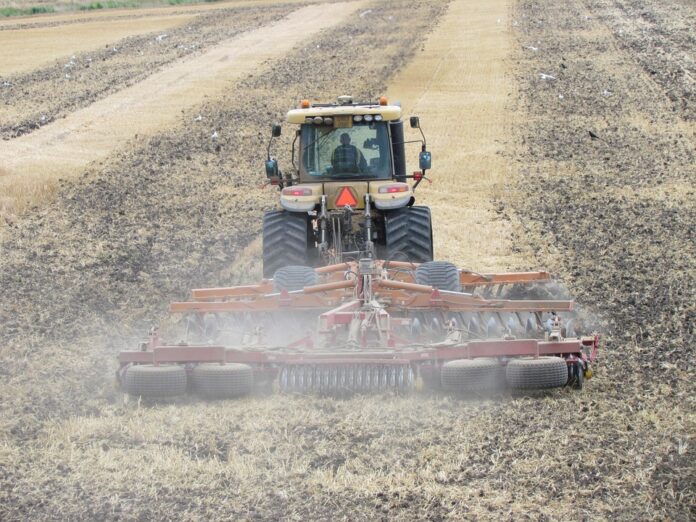Role of Rotavators in Crop Residue Management and Soil Mixing
Rotavators play a crucial role in modern agriculture by aiding in crop residue management and soil mixing. These powerful machines are designed to break up, mix, and redistribute crop residue, which is vital for maintaining soil health and fertility. In this report, we will explore the importance of rotavators in agriculture, their benefits, and their impact on crop production.
Benefits of Rotavators in Crop Residue Management
One of the key benefits of rotavators is their ability to effectively manage crop residue. Crop residue refers to the leftover plant material such as stalks, leaves, and roots that remain in the field after harvest. If not properly managed, crop residue can hinder soil preparation for the next planting season and lead to various issues such as nutrient lock-up, reduced soil aeration, and increased risk of pests and diseases.
Rotavators help break down crop residue into smaller particles, which facilitates its decomposition and incorporation into the soil. This process not only helps improve soil structure and fertility but also reduces the need for chemical fertilizers. By efficiently managing crop residue, rotavators contribute to sustainable agriculture practices and promote soil health.
Impact of Rotavators on Soil Mixing
In addition to crop residue management, rotavators also play a crucial role in soil mixing. Soil mixing is essential for ensuring uniform distribution of nutrients, promoting root development, and enhancing water infiltration and retention. Rotavators are equipped with rotating blades that churn and mix the soil, creating a well-aerated and homogenous seedbed for planting.
Furthermore, rotavators help break up compacted soil layers, which can restrict root growth and water penetration. By loosening the soil and improving its texture, rotavators create an optimal environment for plant growth and development. This, in turn, leads to increased crop yields and improved overall agricultural productivity.
Industry Insights
The global rotavator market is expected to grow significantly in the coming years, driven by increasing mechanization in agriculture and the need for sustainable farming practices. According to a report by Market Research Future, the global rotavator market is projected to reach a value of USD 1.5 billion by 2023, with a compound annual growth rate (CAGR) of 4.5% during the forecast period.
Leading companies in the rotavator market include Mahindra & Mahindra, John Deere, Kubota Corporation, and CNH Industrial. These companies offer a wide range of rotavator models with varying sizes, power capacities, and features to cater to the diverse needs of farmers worldwide.
Financial Data
The average cost of a rotavator can range from USD 500 to USD 5000, depending on the size, power capacity, and brand. The maintenance costs of rotavators are relatively low compared to other agricultural machinery, making them a cost-effective investment for farmers.
In terms of operational costs, the fuel consumption of rotavators varies depending on the model and working conditions. On average, a rotavator consumes approximately 2-3 liters of diesel per hour of operation. With proper maintenance and care, rotavators can last for several years, providing farmers with a reliable and efficient tool for crop residue management and soil mixing.
In conclusion, rotavators play a vital role in crop residue management and soil mixing, contributing to sustainable agriculture practices and improved crop productivity. With the growing demand for mechanized farming solutions, the global rotavator market is expected to expand in the coming years, offering farmers innovative and efficient tools for soil preparation and cultivation.




